Vegan Hair Dyes: Benefits And How To Use Them
If you are looking to switch to chemical-free hair dyes, this is the best bet.
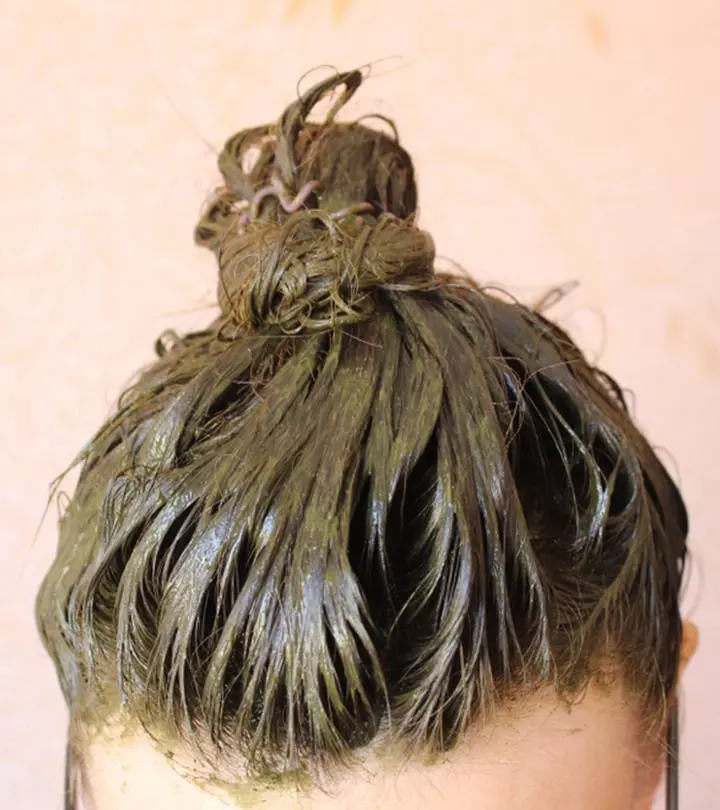
Image: Shutterstock
Vegan hair dyes are herbal remedies used to color hair without using chemicals. They are made with vegetable ingredients like carrots or beetroot to color hair naturally without causing damage. These natural hair dyes are gentler on the hair and usually considered as non-toxic hair dyes. But their effects are not permanent, and your hair would need regular touch-ups to keep the color fresh. Vegan hair dyes are cruelty-free and made without any animal-based or animal-derived products. They are natural and safe to be used on the hair and scalp.
In This Article
What Are Vegan Hair Dyes?
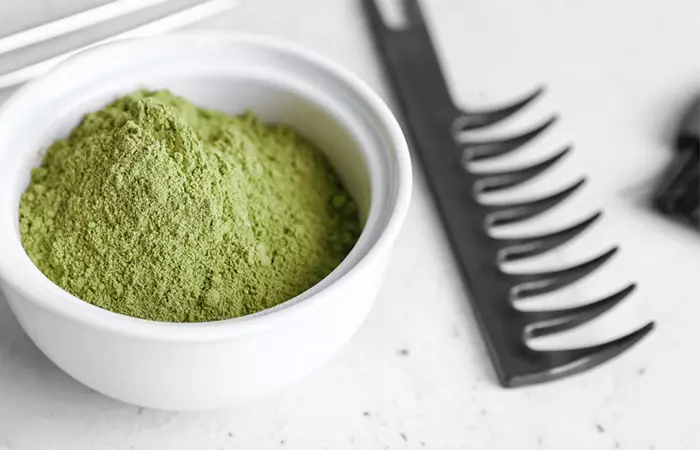
Vegan hair dyes are herbal remedies used to color hair without using chemicals. They are made with vegetable ingredients like carrots or beetroot to color hair naturally without causing damage. These natural hair dyes are gentler on the hair and scalp. But their effects are not permanent, and your hair would need regular touch-ups to keep the color fresh. Vegan hair dyes are cruelty-free and made without any animal-based or animal-derived products. They are natural and safe to be used on the hair and scalp.
It is important to know that not all vegetable hair dyes are vegan. While some vegetable hair dyes use dairy products, vegan products, by definition, are dairy-free. Double-check the ingredients list before making a purchase.
 Quick Tip
Quick TipKey Takeaways
- Vegan hair dyes are made with vegetable ingredients like carrots or beetroot to color the hair naturally without any damage.
- Vegan hair dyes use oils that replenish and moisturize the hair. They are pregnancy-safe and skin-friendly options to color your hair.
- For long-lasting dye, cover your hair when going out in the sun. Use a thin cotton or silk scarf to keep your hair from getting frizzy.
Benefits Of Using Vegetable Hair Dyes
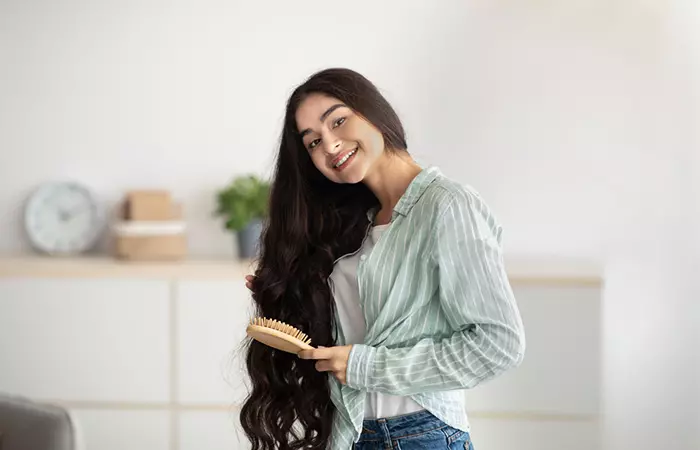
- Promote Hair Health: Natural ingredients like vegetables are safe. Apart from coloring your hair, they also strengthen your tresses and repair damage. These ingredients also keep your hair naturally moisturized and nourished with nutrients.
- Prevent Damage: The chemicals in regular hair dyes can damage hair and cause hair breakage and loss. The hair may also become brittle and dry. But this is not the case with vegan hair dyes. They prevent any hair damage from chemicals like hydrogen peroxide, parabens, ammonia, etc.
- Protect Hair Structure: The chemicals in regular hair dyes penetrate the cuticles to color the hair from within. This way, they may break the hair structure and leave it open to damage. Vegan hair dyes protect the hair structure and reduce hair damage.
- Are Pregnancy-Safe: If you are wondering, “can I dye my hair while pregnant?”, then keep reading. The fact is, regular hair dyes are considered unsafe during pregnancy. Many women believe the chemicals in hair dyes can affect the fetus. However, vegan hair dyes are safe to use during pregnancy as they do not contain harsh ingredients.
- Moisturize Hair: Vegan hair dyes use natural, plant-base oils, like coconut and argan, to replenish and moisturize hair. You will notice lesser hair fall, better hair texture, and shinier and softer hair as you use vegan hair dyes.
- Treat Scalp Issues: Natural ingredients like aloe vera may also help treat certain scalp issues like eczema or psoriasis. Regular hair dyes, on the other hand, may aggravate them.
- Are Temporary: Vegan hair dyes are temporary and non-damaging. You can experiment with several vegetable and plant-based hair dyes and coloring agents without worrying about hair damage.
- Are Skin-Friendly: Regular hair dyes may contain nuts or soy that may cause adverse reactions on the skin (burning, redness, swelling, itching). Unless you are allergic to a particular plant or vegetable, most vegan hair dyes are safe on the skin and do not cause allergies.
Vegan hair dyes are available in several types. Check them out below!
Types Of Vegan Hair Dyes

- Plant-Based: These cruelty-free hair dyes are mostly made with the leaves, stems, bark, fruits, or vegetables of plants. The most common and effective vegan dyes are made from plants and fruits.
- Mineral-Based: Some vegan hair dyes are also made with minerals like salt and iron that may help lighten hair. However, these dyes are rare.
- Oil-Based: Vegan hair dyes use oil as a base paired with ingredients like green tea or coffee to lighten or darken hair.
Read on to know some of the common ingredients used to make vegan hair dyes.
Ingredients Used In Vegan Hair Dyes To Achieve Different Hair Colors
- Onion Skin: Onion skin is a rich source of quercetin that gives hair a natural yellow color (1). Its antioxidant and anti-inflammatory properties also may help improve scalp issues and treat hair loss.
- Chamomile: Chamomile is a popular vegan hair dye ingredient. It gives hair a yellowish hue and improves the light reflection (and shine) in hair.
- Henna: Henna is a common ingredient in vegetable hair dyes (2). It contains a non-oxidizing coloring agent called lawsone that gives hair a reddish-orange color. It is often mixed with other ingredients to give hair a darker shade (like brown or black).
- Indigo: Indigo leaves hair with a bluish tint. It is often paired with henna to make hair black or dark brown.
- Beetroot: Beetroot contains bio-active pigments called betalains that play a role in food coloring (3). Beetroot powder can be used to color hair naturally without any damage (4).
- Carrot: Carrots are used to treat hair loss and make hair stronger, shinier, and thicker (5). They are a rich source of vitamin A that may help improve hair pigmentation. Anecdotal evidence suggests that carrots can be used to give hair a light orange color. While carrots are available in different colors, the most common among those are the red and orange variants.
- Muskroot: Muskroot (Nardostachys jatamansi) can be used as a hair dye to darken hair. It makes hair black (6).
- Coffee: Coffee is added to natural dyes to make hair brown (7). It can be used to make hair reddish-brown or black-brown.
- Tea: Tea has been used as a hair colorant in Ayurveda for a long time (7). It can be used to either lighten or darken hair. Black tea may help darken hair, while green tea can lighten hair. Green tea has a high catechin content that is known for its oxidation properties (8). It gives hair a yellowish hue.
- Salt: Anecdotal evidence suggests that salt may lighten hair.
- Baking soda: Anecdotal evidence suggests that using baking soda or toothpaste containing baking soda can help lighten hair.
- Cinnamon: Cinnamon is often used as a skin-lightening agent (9). Some believe the same properties may also help lighten hair. Cinnamon contains vitamins A and C. These could be used as lightening agents (10).
- Lemon: Lemon juice contains vitamin C that acts as a natural hair lightener by reducing melanin pigmentation (11). Applying lemon juice to your hair when in the sun is said to speed up hair lightening.
- Rhubarb: Rhubarbs oxalic acid may make hair light brown or blonde (12). It can also prolong the life of hair color. Rhubarb paired with chamomile gives hair a golden hue (13).
You can also use organic ingredients to make organic hair dyes. Henna hair dye is one of the most popular eco-friendly hair dyes that is highly pigmented and easy to use. Are you wondering if switching to vegan hair dyes means having to do things differently? No. Using vegan hair dyes is quite simple.
How To Use Vegan Hair Dyes
Vegan hair dyes, like regular hair dyes, must be put on for a long time to achieve the desired hair color. Store-bought or branded vegan hair dyes come with instructions that should be followed. Homemade vegan dyes need to be applied for a longer duration to allow the color to seep into the hair shafts.
Note: Though vegan dyes may not be as strong as their regular counterparts, taking precautions is advisable. Use petroleum jelly to protect your skin from colorants. Wear an old T-shirt while you color your hair.
- Make your vegan hair dye with the needed ingredients. You can pair them with an oil or moisturizing agents like avocado or aloe vera for added nourishment.
- Thoroughly apply the mixture to your hair.
- Leave it on your hair for about an hour or two. Check your hair color from time to time.
- Wash your hair with your regular shampoo and cold water once the desired color is achieved. If not, keep the blend on your hair for longer. Should you experience any discomfort, wash your hair and consult a doctor.
While coloring your hair is safe, there are some side effects of hair dyeing that you should know about. You should follow the instructions properly and be careful. If you want to learn how to color your locks in a gorgeous color without the side effects, you can do it from the comfort of your house! You don’t have to buy vegan dyes from any store. Here are some DIY vegan hair dyes that you can try.
How To Make Vegan Hair Dyes?
1. Carrot Mask
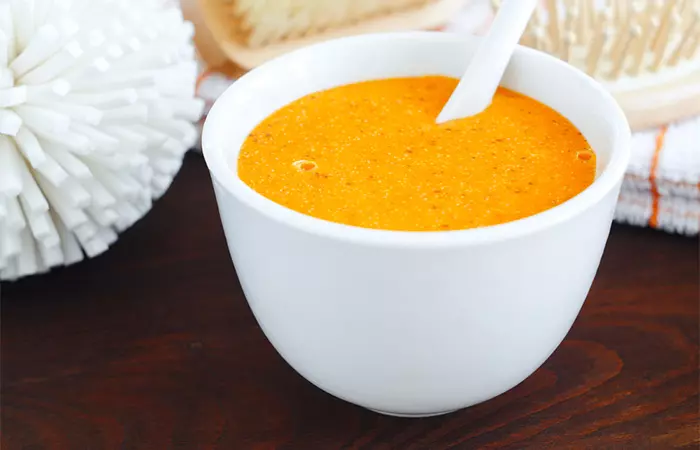
You Will Need
- Carrot juice, 1 cup
- Aloe vera, 2 tablespoons (optional)
Prep Time
2 mins
Procedure
- Mix the ingredients in a bowl.
- Apply the mixture thoroughly to the hair.
- Leave it on for an hour and a half to two hours.
- You can cover your hair in a plastic wrap to let the color stay.
- Keep checking your hair to make sure you have achieved the desired color.
- Wash your hair with cold water and apple cider vinegar (to lock in the color).
Processing Time
An hour and a half or two hours
How Often
Once a week
2. Henna Mask
You Will Need
- Henna, ½ cup
- Water, ¼ cup
Note:
You can add a tablespoon of cinnamon to make hair browner, or a tablespoon or two of beetroot powder to give hair a pinkish or rose-gold tint.
Prep Time
12 hours
Procedure
- Mix the ingredients to form a smooth paste.
- Close the bowl in a plastic wrap and let the mixture sit for 12 hours.
- Wash your hair without using conditioner.
- Apply the paste to your hair and cover your hair with a plastic wrap. This ensures the color settles in.
- Leave it on for 4 to 6 hours.
- Wash your hair once the desired color is achieved.
Processing Time
4 to 6 hours
How Often
Once every two or three weeks
Beth McCormack, a blogger, shared her experience of applying a DIY hair mask made from cloves, seaweed, and henna, providing tips on how to decide on the perfect consistency, “I like mine to be a thinnish paste so I can spread it easily on dry hair. If you want to wet your hair prior to applying the masque, you can make the paste a little thicker.” She applied this mixture to cover her grays and was pleased with the results, noting, “It’s incredibly shiny and has a deep brown color with very subtle warm red highlights. I love it (i).”
3. Coffee Mask
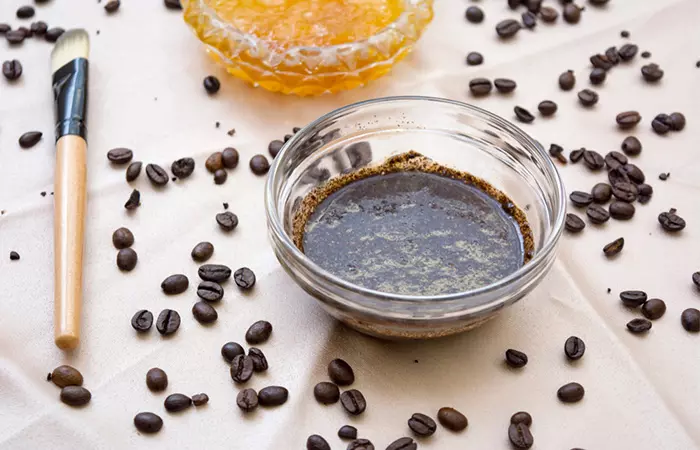
You Will Need
- Coffee grounds, 3 tablespoons
- Water, 1 cup
- Coconut/olive oil, 2 tablespoons
Prep Time
Half an hour
Procedure
- Boil the water and coffee grounds together.
- Apply some warm coconut or olive oil to your hair.
- Apply the coffee blend to your hair as well.
- Let the mixture sit for an hour or two.
- Wash with cold water.
Processing Time
1 to 2 hours
How Often
Once every week to keep the color fresh
4. Lemon Lightening Mask
You Will Need
- Fresh lemon juice, 1 cup
Prep Time
10 minutes to extract the juice
Procedure
- Apply the lemon juice to your hair thoroughly. Spread it with a comb.
- Let it sit for an hour and a half.
- Stay outdoors as the sun rays oxidize the hair pigments and make hair lighter.
- Wash with cold water.
Processing Time
An hour and a half
How Often
Once a week
You can use henna and indigo to darken your hair black or brown. There are other ways to lighten your hair at home and make it blonde or light brown.
Follow these tips to ensure your vegan hair color lasts longer.
How To Make Vegan Hair Dyes Last Longer?
Vegan hair dyes do not usually last very long. But you can follow certain tips to extend the lifespan of their color.
- Avoid heat at all costs. Heat can make the hair color fade away easily. Stop using styling tools and hair dryers to style your hair. Even if you do, use a heat protectant as well.
- Cover your hair when going out in the sun. Use a thin cotton or silk scarf to keep your hair from getting frizzy.
- Avoid going swimming as pools contain chlorine that may lighten your hair color.
- Wash your hair with cold water (it prolongs hair color lifespan).
- Have regular touch-ups to keep the color fresh.
 Quick Tip
Quick TipAre there any risks associated with vegan hair dyes? How different are they from regular dyes?
Regular Hair Dyes Vs. Vegan Hair Dyes The Risks
in any way? Well, there are many risks associated with regular hair dyes. They use chemicals that may cause adverse reactions. They may also lead to issues during pregnancy. These chemicals even deteriorate hair health and aggravate existing scalp issues.
On the other hand, using vegan hair dyes is mostly safe. The only risk they pose is a potential allergic reaction to specific vegetables, oils, plants, or fruits.
Infographic: Top 5 Benefits Of Using Vegan Hair Dyes
Vegan hair dyes are ethical alternatives to traditional hair coloring products. Unlike conventional hair dyes, they do not contain any animal-derived ingredients and, hence, are a more sustainable and environment-friendly choice. These dyes use natural ingredients and plant extracts like henna, indigo, and vegetables to create rich and temporary colors that reduce the risk of allergic reactions. They also promote hair health and offer other benefits. In the infographic below, we have listed the top five benefits of using vegan hair dyes. Check it out.

Illustration: StyleCraze Design Team
Veganism does not have to be restricted to your food. You can also apply it to other aspects of your life, including hair dyes. Vegan hair dye benefits your tresses as they are safer than traditional chemical-laden hair dyes. In addition, they boost the general health of your mane. You may also choose which components go into making these hues, as you can create vegan hair dye in the comfort of your home. They are simple to prepare and do not include any harmful chemicals. We are confident that you will be pleased with the outcomes. However, consult your healthcare provider if you develop an allergy.
Frequently Asked Questions
Are vegan hair dyes safe for sensitive skin?
Yes, generally vegan dyes are safe for sensitive skin as these formulas are made of naturally-derived ingredients that are soothing and moisturizing for mane. They also exclude common hair dye irritants such as ammonia, PPD, sulfates, silicone, alcohol, etc.
Is vegan hair dye PPD-free?
Not all vegan hair dyes may be PPD-free. Therefore, consult a hair specialist if you are hunting for a vegan hair dye without PPD.
Can vegan hair dye affect your liver?
Hair dyes are known to affect your liver (14). However, thorough research is required to determine if vegan hair dye also threatens your liver.
Does vegan hair dye affect the brain?
Hair dye does not cause brain issues like glioma, meningioma, and acoustic neuroma (15). However, further research is needed to determine if hair dye, especially if it is vegan, contributes to brain problems.
Is Henna hair dye an eco–friendly option?
Yes, henna is a sustainable hair dye that is widely used for hair coloring. It is made by crushing the leaves of the henna plant.
Illustration: Hair Dyes: How To Color Your Hair At Home
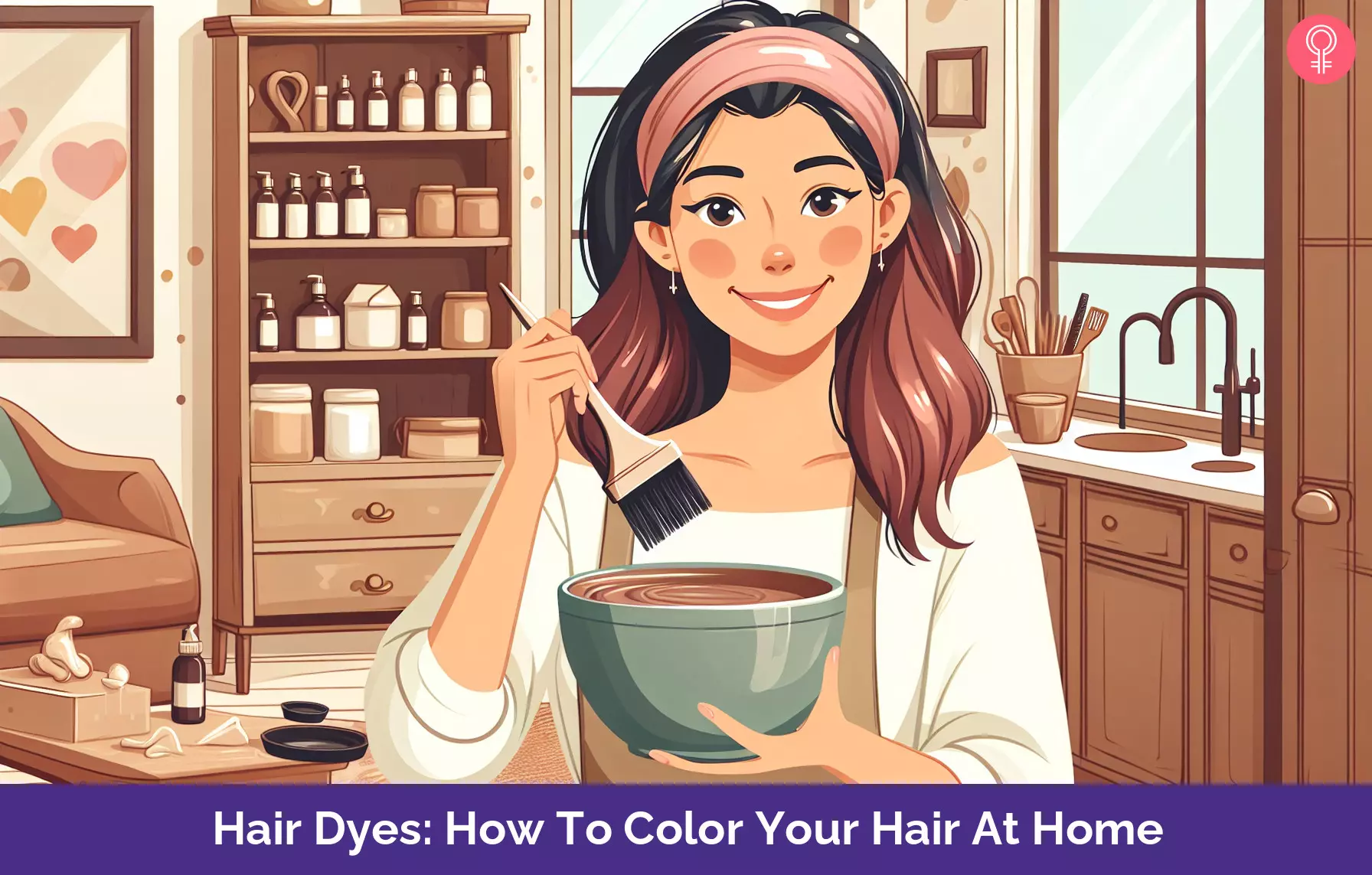
Image: Dall·E/StyleCraze Design Team
Dyeing your hair with vegetable juice? Yes, it’s possible! Check this video for a vegan, natural hair coloring option that’s easy to do and affordable too.
Personal Experience: Source
StyleCraze's articles are interwoven with authentic personal narratives that provide depth and resonance to our content. Below are the sources of the personal accounts referenced in this article.
i. Diy clove and henna hair mask for brunetteshttps://miriwords.blogspot.com/2012/10/clove-and-henna-hair-mask.html
References
Articles on StyleCraze are backed by verified information from peer-reviewed and academic research papers, reputed organizations, research institutions, and medical associations to ensure accuracy and relevance. Read our editorial policy to learn more.
- A Review of the Natural Resources Used to Hair Color and Hair Care Products,
https://www.researchgate.net/publication/318795653_A_Review_of_the_Natural_Resources_Used_to_Hair_Color_and_Hair_Care_Products - Types of Hair Dye and Their Mechanisms of Action,
https://pdfs.semanticscholar.org/7d9c/ec6c3b213d7a2a3b1e87734e3ccf7559bafc.pdf?_ga=2.157916413.691352881.1610519018-117026028.1609836939 - Application of Beetroot as Natural Coloring Pigment and Functional Ingredient in Dairy and Food Products, https://www.ijcmas.com/7-12-2018/Gajanan%20P.%20Deshmukh,%20et%20al.pdf
- Formulation and Evaluation of Polyherbal Hair Dye by Using Beetroot,
http://mail.journalijcar.org/sites/default/files/issue-files/8243-A-2018.pdf - A Review on Different Types of Carrot and Its Chemical Compositions,
http://iosrphr.org/papers/vol10-issue5/E1005013239.pdf - Study of Colouring Effect of Herbal Hair Formulations on Graying Hair,
https://pubmed.ncbi.nlm.nih.gov/26130937/ - Synthesis and Evaluation of Herbal Based Hair Dye,
https://www.semanticscholar.org/paper/Synthesis-and-Evaluation-of-Herbal-Based-Hair-Dye-Pal-Pal/a2a33b0eadaf2843ed07ccf9c561a27df0c96bbe?p2df - Hair Colouring by Using Catechins from Green Tea and Chemical Oxidants,
https://www.jstage.jst.go.jp/article/jte/64/6/64_151/_article - Cinnamic Acid Derivatives in Cosmetics Current Use and Future Prospects,
https://pubmed.ncbi.nlm.nih.gov/29870052/ - Fairness Via Formulations: a Review of Cosmetic Skin-Lightening Ingredients,
https://www.researchgate.net/publication/223969079_Fairness_via_formulations_A_review_of_cosmetic_skin-lightening_ingredients - Elixir of Cardium,
https://www.researchgate.net/publication/287217486_ELIXIR_OF_CARDIUM - Importance of Village Plant Rhubarb: Review,
https://www.pharmahealthsciences.net/pdfs/volume4-issue62016/1.vol4-issue6-2016-MS-15345-review1.pdf - For the Love of Color: Plant Colors and the Dermatologist,
https://ijdvl.com/for-the-love-of-color-plant-colors-and-the-dermatologist/ - Toxicity Effects of Hair Dye Application on Liver Function in Experimental Animals
https://www.researchgate.net/publication/266886414_Toxicity_Effects_of_Hair_Dye_Application_on_Liver_Function_in_Experimental_Animals - Personal Hair Dye Use and Risks of Glioma, Meningioma, and Acoustic Neuroma among Adults
https://academic.oup.com/aje/article/165/1/63/232980
Read full bio of Dr. Shruti Chavan
Read full bio of Arshiya Syeda
Read full bio of Ramona Sinha
Read full bio of Monomita Chakraborty






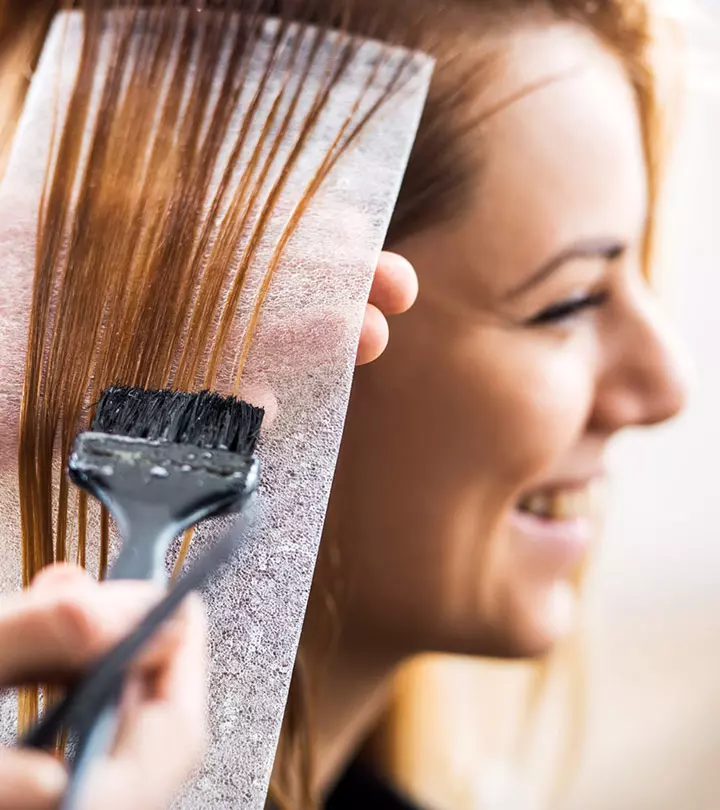
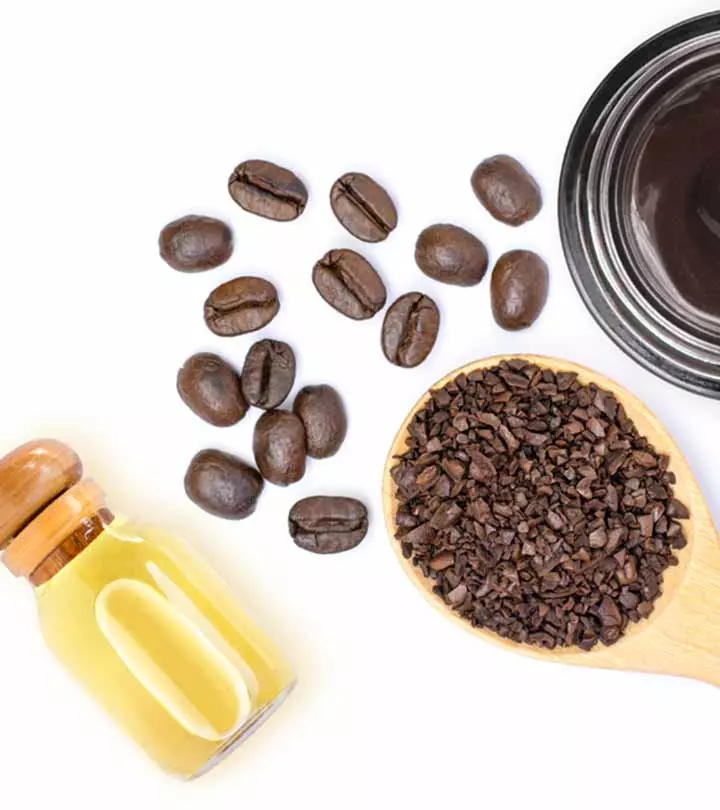
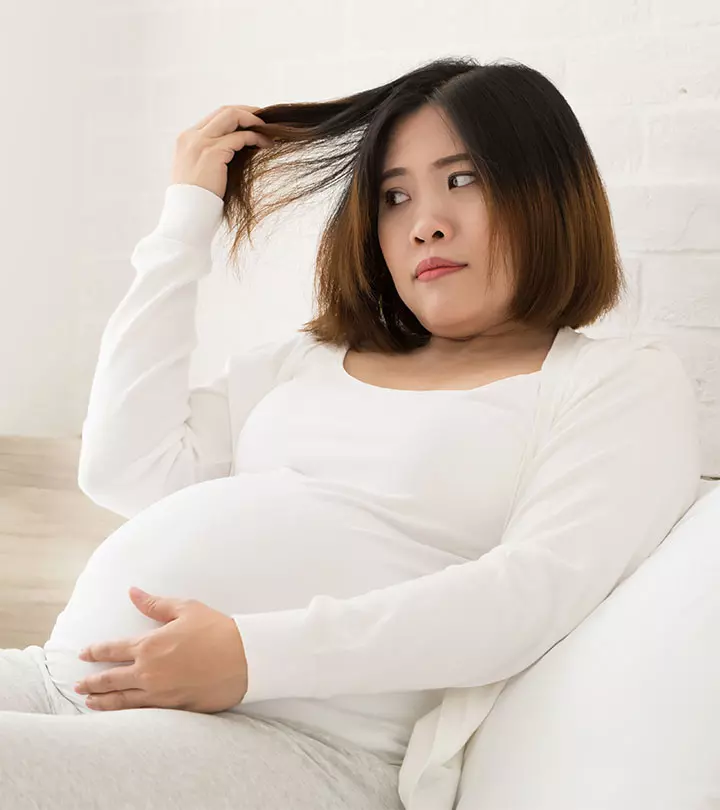
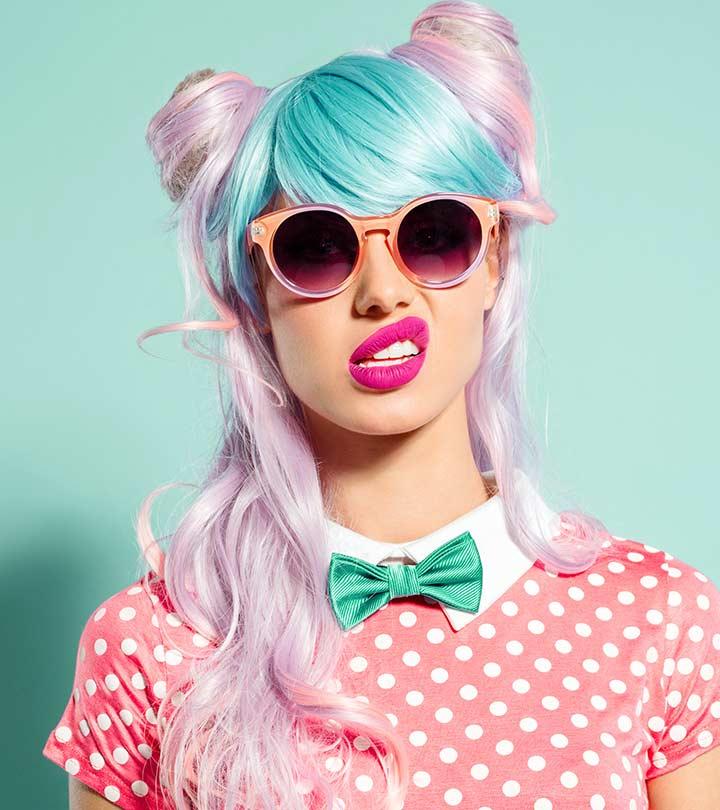
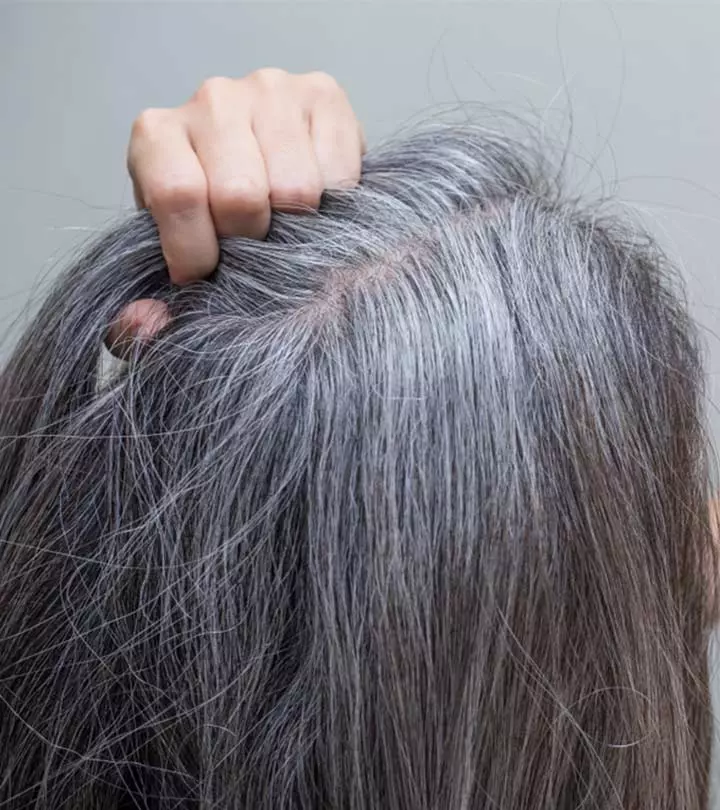
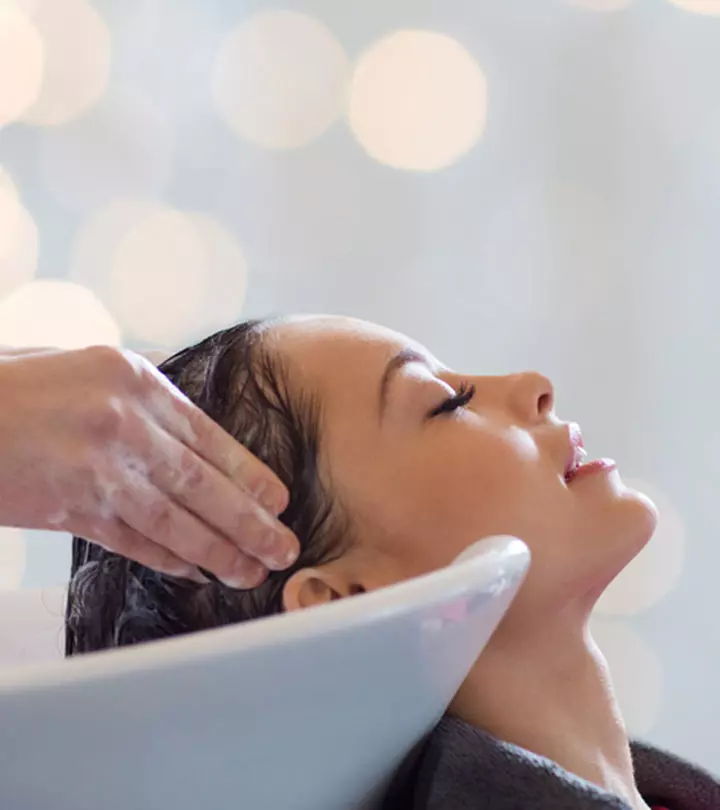
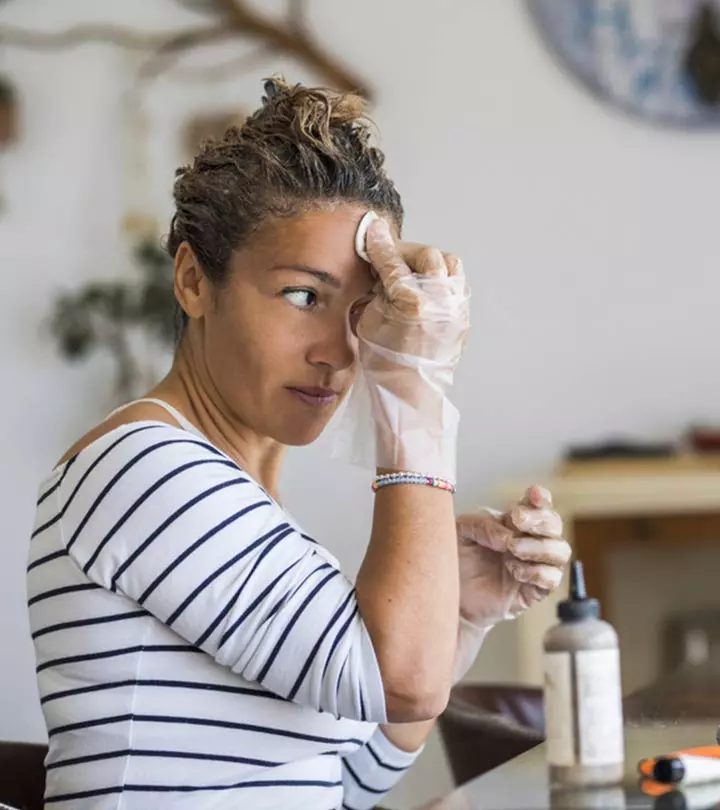

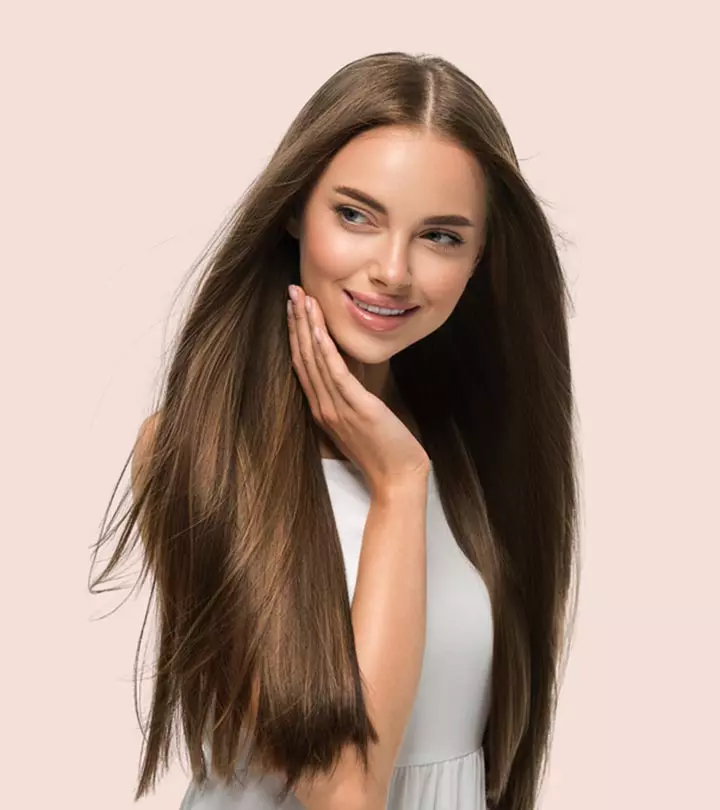
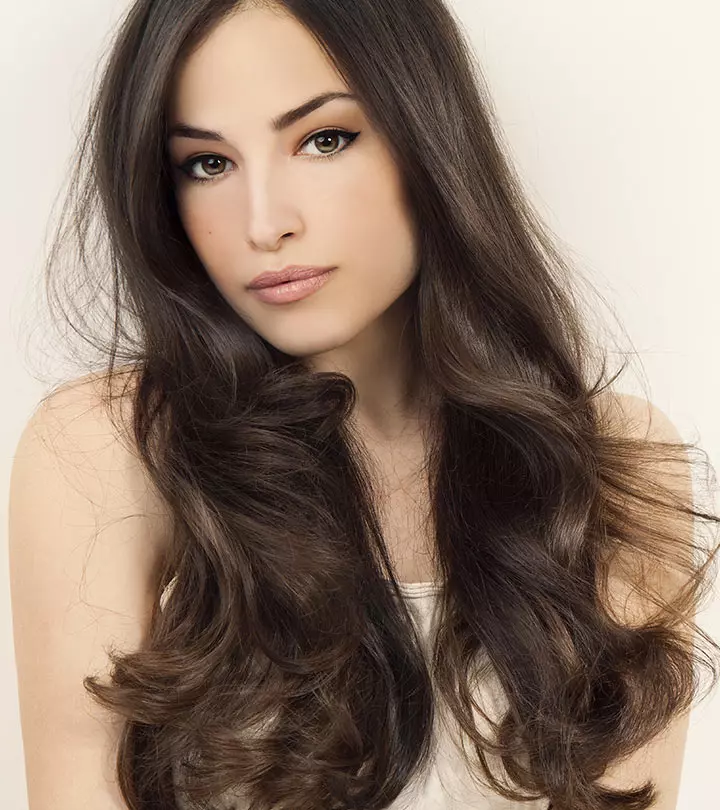
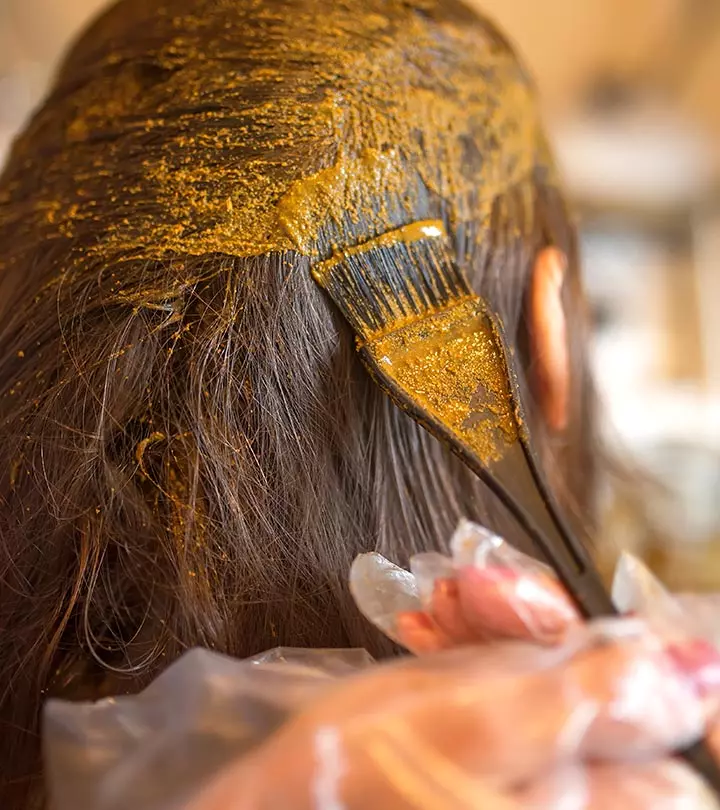
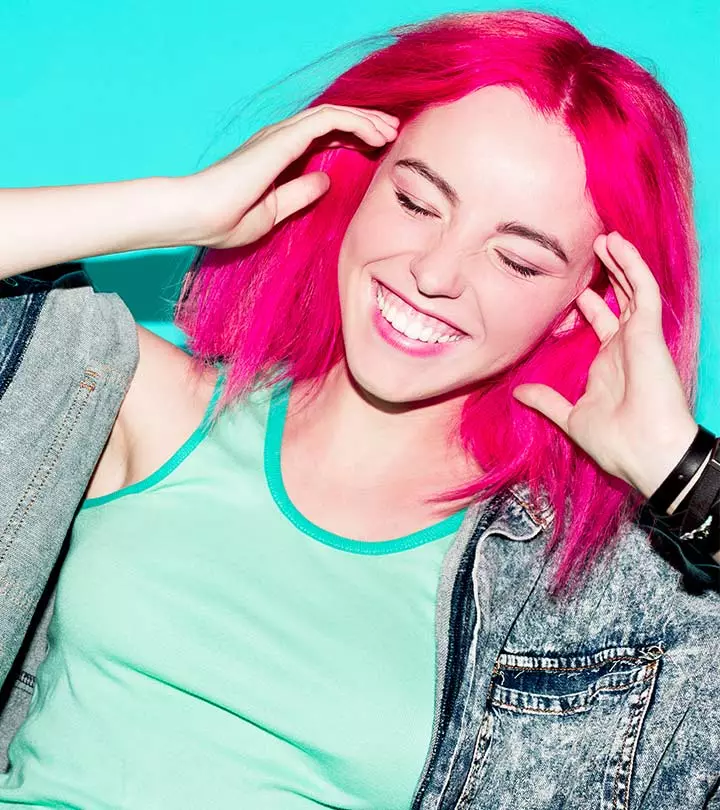
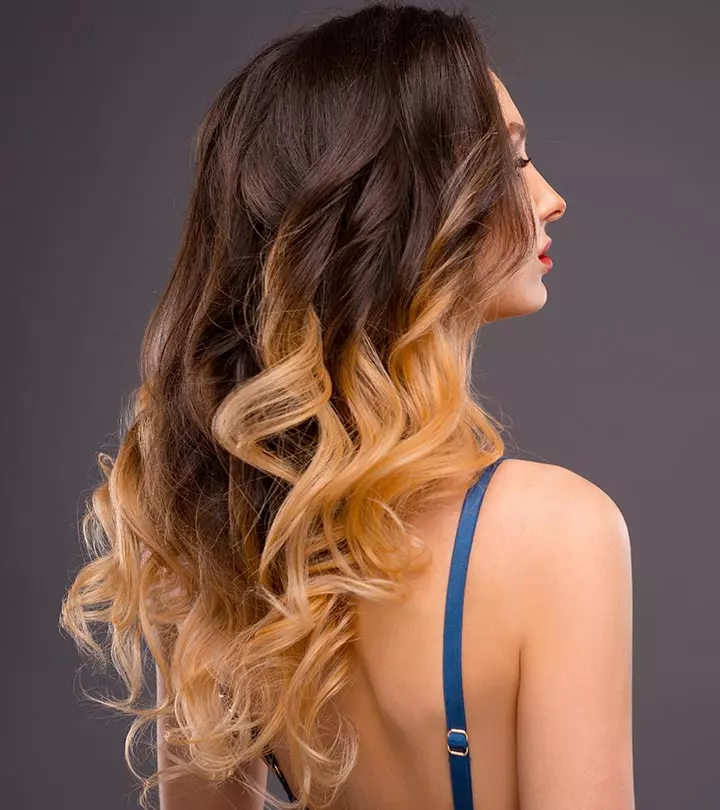

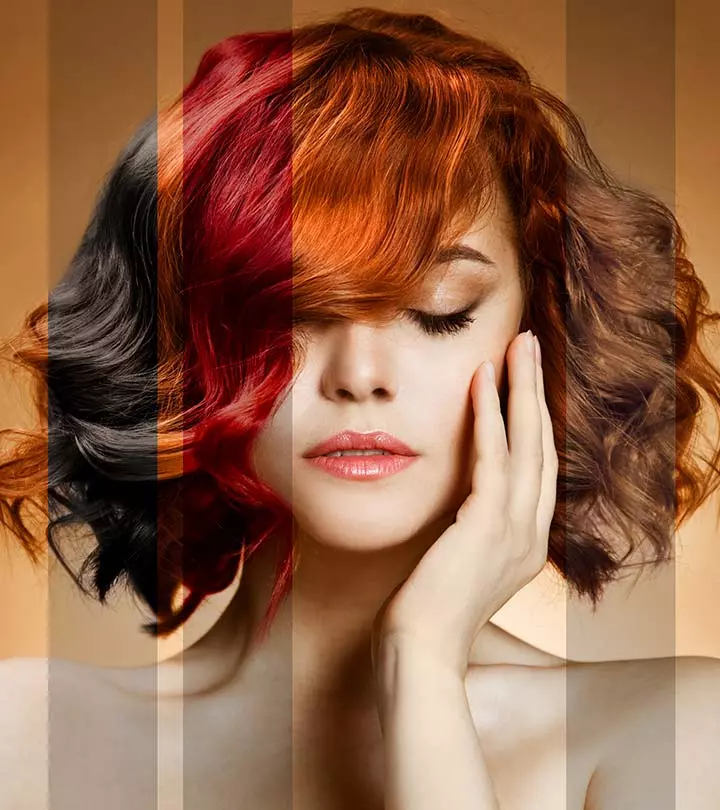


Community Experiences
Join the conversation and become a part of our empowering community! Share your stories, experiences, and insights to connect with other beauty, lifestyle, and health enthusiasts.